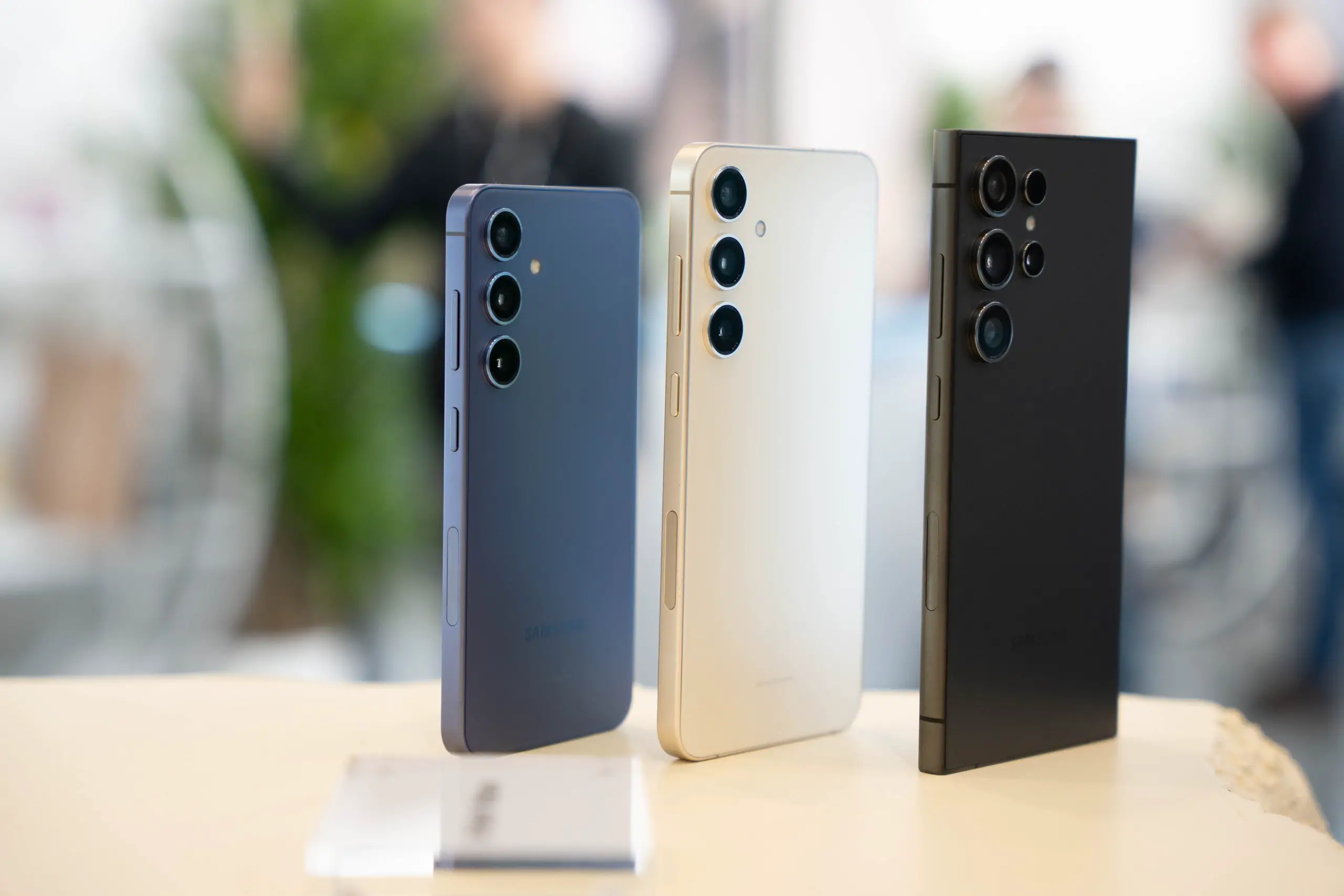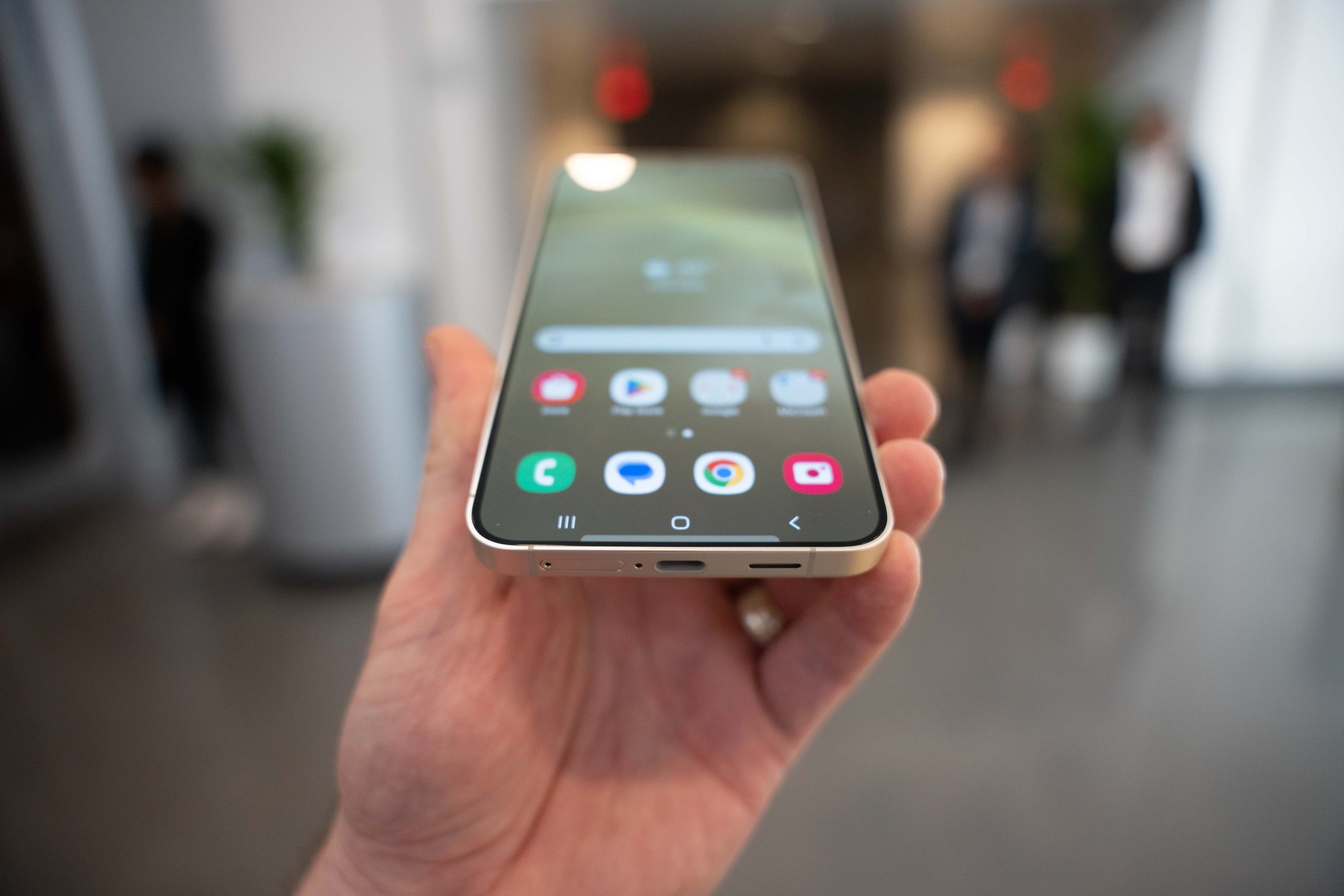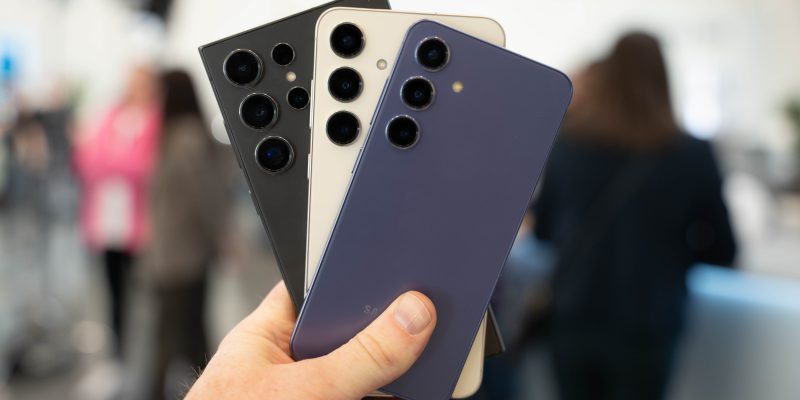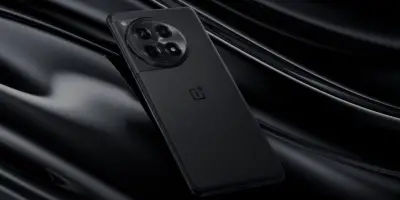The launch of this year’s Galaxy S24 series no doubt helped Samsung maintain its status as one of the best Android brands on the planet, thanks in part to the impressive Snapdragon 8 Gen 3 chipset. Qualcomm’s new high-end mobile SoC is responsible for powering the new handsets, and while this might seem all fine and dandy, there’s actually a catch.
For those unfamiliar with Samsung’s market practices, the company tends to launch different variants of its smartphones worldwide – some markets like North America will get the 8 Gen 3-equipped variants, while others such as Europe are limited to Samsung’s own Exynos 2400 chip. This is a stark contrast to the Galaxy S23 series, which featured Snapdragon chips globally.
READ: No surprises as the Qualcomm Snapdragon 8 Gen 3 outperforms the Exynos 2400 in benchmarks

As a result, this move has been deemed by some as unfavorable as Exynos chips are often seen as inferior in terms of overall performance, especially when compared to their Snapdragon counterparts. With that being said, there are some reasons as to why Samsung might have gone with this route for 2024.
For one, using the Exynos chipset does mean that Samsung saves a bit on costs and licensing fees – for example, the base model Galaxy S23 in the UK launched at around £849, while the base model S24 variant came in with a £799 price tag, a slightly more affordable change since the S24 ships with Exynos chips outside the US.
The Exynos brand is seen by most enthusiasts as an unfit competitor to the Snapdragon series
While budget-conscious buyers after an up-to-date flagship Android phone might appreciate this somewhat cheaper approach to pricing, we again go back to the concerns regarding performance. The Exynos brand is seen by most enthusiasts as an unfit competitor to the Snapdragon series, due to issues such as thermal management, battery endurance and sustained performance, which brings us to our next topic of discussion.
There are some reports pointing to improved performance on this year’s Exynos 2400, with some even claiming that it’s on par with the Snapdragon 8 Gen 2 from 2023. In particular, tests show that the 2400 was capable of supporting ray-tracing and improved graphics support in gaming sessions, which indicate that Samsung might be that confident about the Exynos 2400.

A post which has since been taken down showed that the Exynos 2400 managed to hold its own in the 3D Mark Solar Bay Stress Test, achieving a maximum score of 8,905 and a minimum score of 5,755, and a stability of 64.6%. By comparison, the 8 Gen 3 managed a maximum and minimum score of 8,249 and 3,894 respectively, with a stability score of 64%.
Meanwhile, other tests have shown that the Exynos 2400 still struggles against the Snapdragon 8 Gen 3, with stutters and slowdowns even during simple navigation of the user interface.
READ: Leaked Samsung Exynos 2500 specs suggests an incremental upgrade

Of course we have to note that benchmarks aren’t everything, and daily usage, personal system configurations, as well as an individual’s usage patterns and choice of apps will play key factors as to how the Galaxy S24 will perform. Regardless, Samsung’s decision to release the S24 series in two different flavors won’t sit well with everyone, especially folks who were hoping to grab the tried-and-tested 8 Gen 3 variant.
For diehard fans (as well as casual users) outside the US though who don’t mind the switch-up, the improvement over past Exynos models and the slightly cheaper price might be things to take into consideration – but the sting of missing out on a potentially-perfect Samsung flagship will always linger in the back of many minds.
More Galaxy S24:
- Protect and enhance your Samsung Galaxy S24 with Encased cases
- The Best Slim Cases for the Samsung Galaxy S24!
- Galaxy S24 goes all in on AI – new AI features










Comments